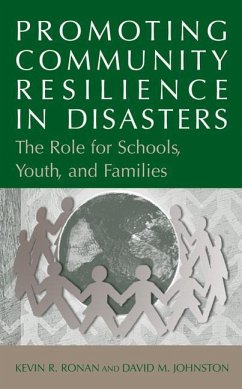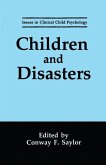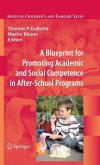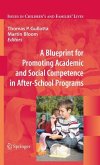A myriad of models are available to guide practice before, during, and following disasters. As emphasized in this book, we value the role of research in informing our assessment, education, and intervention efforts in this area. Keeping an eye on those elements that have research backing certainly assists with quality control generally. However, more specifically, we also stress the idea that there is evidence to support a role for hope and positive expectations in the motivation and engagement process. In addition, the more that people, including youth and adults, actively participate in efforts designed to help, the more benefits they tend to receive. The role of research in providing that initial hope and inspiring more active engagement with internal and external resources before, during, and after a disaster is part of the foundation of our practice in this area. In fact, in the clinical psychology training program directed by the senior author, the idea that we attempt to inculcate with our trainees is the idea of "hope and engagement on an evidence-based foundation." Consequently, we do advocate for models of practice that have identified "active ingredients" that are included: those particularly identified through controlled evaluation research. However, it is also the case that a number of risk and protective factors identified through a number of studies (e.g., see Chapter 2) have as yet to be systematically included.
From the reviews: "The premise of this book is that two of the groups most vulnerable to disaster are children and their family members. As such, this book is designed to assist those charged with helping these groups respond to and rebound from major traumas (e.g., school psychologists and counselors, emergency managers and planners, and mental health professionals). This book offers both clinicians and researchers guidance on hazards preparedness as well as early response and intervention practices." (Natural Hazards Observer, Vol. 30 (5), May, 2006)








